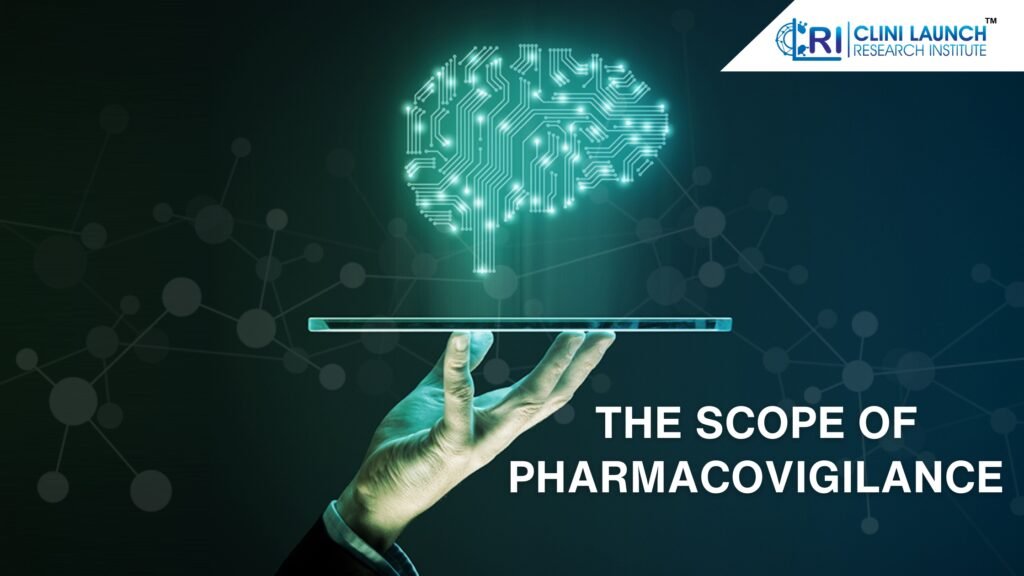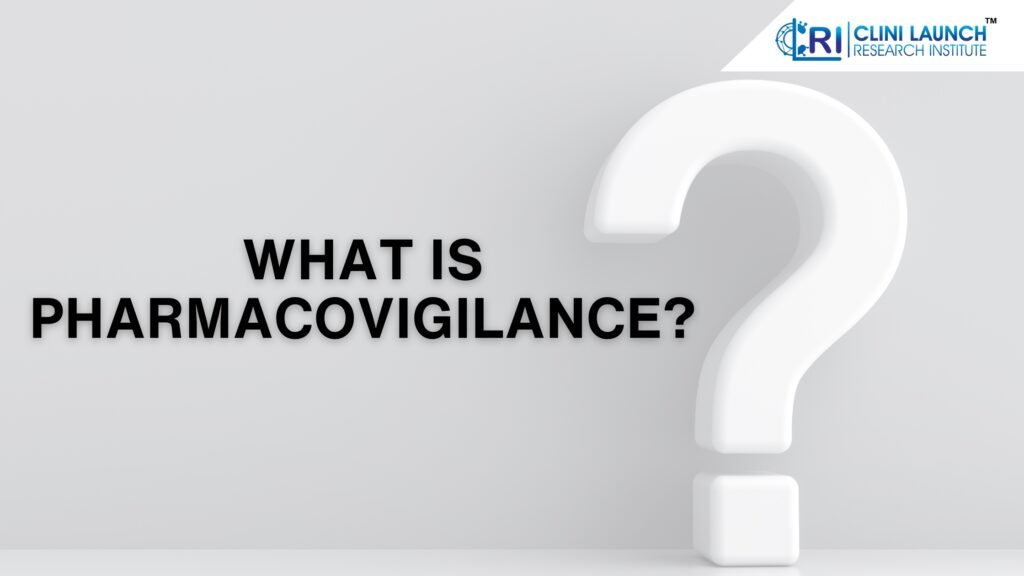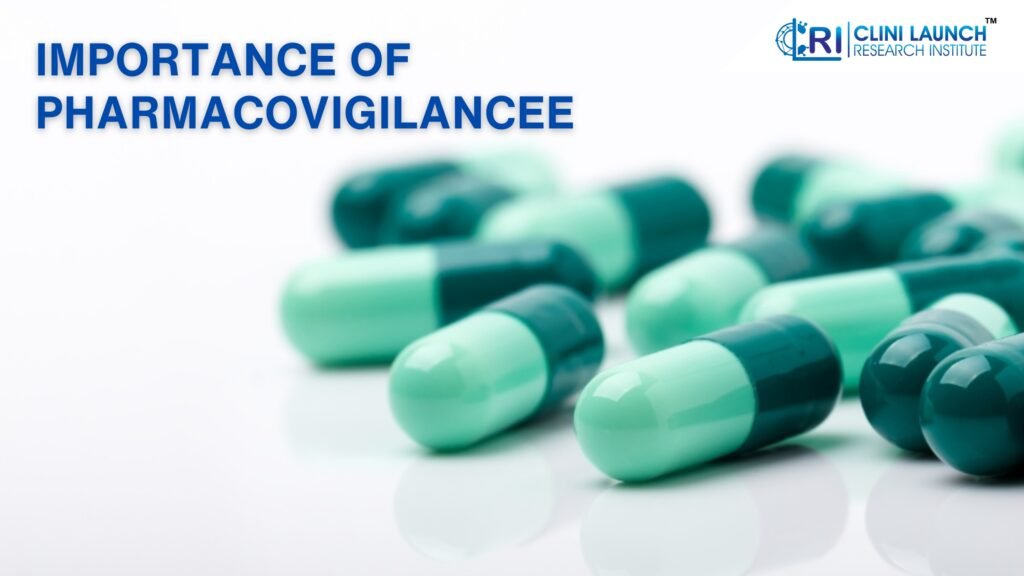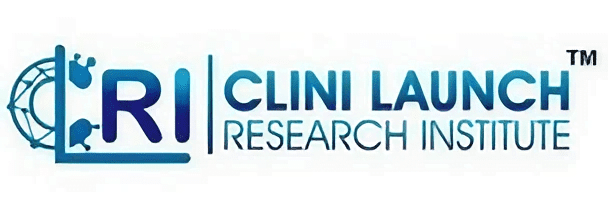Pharmacovigilance abbreviated as PV, is a critical healthcare and pharmaceutical industry component. It plays a crucial role safeguarding patients and assessing medication safety throughout the lifecycle. This blog post will help you explore the scope of pharmacovigilance and delve deep into its importance and the course we offer. Let us discover:
The Scope of Pharmacovigilance
Pharmacovigilance is a composite discipline encompassing various activities and processes. It is aimed to identify, evaluate, understand, and prevent adverse effects or any other drug-related problems.

It can be summarized in the following key areas:
Adverse Event Reporting
It is one of the primary responsibilities in pharmacovigilance, based on collection and analysis. Healthcare professionals, patients, and pharmaceutical companies submit these reports when they suspect that a medication has caused an unexpected reaction or harm. These reports are crucial for potential safety issues identification.
Signal Detection
The experts in pharmacovigilance use statistical and analytical tools to detect signals. These signals are patterns or trends in AERs that may indicate previously unrecognized safety concerns in the medication. The identification of signals helps in prioritization for further investigation.
Risk Assessment
With the identification of potential safety concerns, pharmacovigilance professionals conduct in-depth assessments to determine the risk-benefit profile of a medication. Risk assessment involves the evaluation of adverse drug events and weighing you against the therapeutic drug benefits. It also involves evaluating the rigor of adverse events and weighing them against the therapeutic benefits.
Post-Marketing Surveillance
We know medications may undergo rigorous clinical trials and testing before approval for use. Pharmacovigilance continues after approval for drugs, and its safety monitoring in real-world settings. Post-marketing surveillance is vital because a few adverse events may be rare or occur only after long-term use.
To know more visit the page: Pharmacovigilance
What is Pharmacovigilance?


Pharmacovigilance is known as the practice of monitoring medical drugs’ effects after they have been licensed for use in order to identify and evaluate previously unreported adverse reactions. PV especially involves the detection, assessment, understanding, and prevention of adverse effects or other drug-related problems.
It is an ongoing process that occurs during medication use and is an essential clinical practice component. It also promotes safe medication use through prevention, identification, analysis, management, and adverse drug effects documentation and drug-related problems.
Importance of Pharmacovigilance


PV is arguably the most crucial function within the domain that deals with life sciences. To develop, manufacture, and commercialize a drug, the pharmacovigilance team must adhere to strict guidelines within the time frame they need to deliver the results. Many regulations will focus on the safety of patients and the benefits derived from the drug. In a nutshell, this is the mission of drug safety, highlighting the importance of pharmacovigilance, the role of pharmaceuticals, and the need for life sciences functions.
Patient Safety and Continuous Vigilance
Drug safety ensures a patient’s safety and well-being safeguarded throughout the entire drug development life cycle, including readily available drug availability in the market. Pharmacovigilance professionals continuously monitor the side effects of drugs, collect new data, and report to health authorities regularly.
Power and Authority
Continuous vigilance means that senior leaders within the drug safety department have the authority and responsibility to specifically recommend the developmental process or the approval of drugs pulled from the market. In the European Union, a Qualified Person Responsible for Pharmacovigilance (QPPV) demonstrates the central role and importance of drug safety.
Keeping it moving
Drug safety helps to keep the pharmacovigilance wheels of a pharmaceutical company moving. Drug safety means you have to keep working on a very cross-functional basis. Thus, the influence and value it can add to other businesses is tremendous.
Pharmacovigilance in India
The Indian government took the initiative way back in 1986 with a formal adverse drug monitoring system that we call pharmacovigilance in India under the supervision of the drug controller of India. However, India joined the WHO (World Health Organization) program specifically for International Drug Monitoring in 1998, but it was not successful. Post the unsuccessful launch, pharmacovigilance launched in 2005, and in 2010, the launch was renamed the pharmacovigilance program in India.
Pharmacovigilance Course at CliniLaunch


The demand for pharmacovigilance professionals is highly evolving and increasing in India over several years. In India, the regulatory bodies have made a position to develop and supply cost-effective and safe worldwide, which has increased the demand in the pharmacovigilance industry. A pharmacovigilance course will equip you with the opportunity to pursue the benefits of upskilling and transition to become a pharmacovigilance professional, including job security, excellent salaries, and working with the leading pharmaceutical companies in India.
To Sum up
CliniLaunch provides one of the top-quality training and upskilling courses to help you with your career aspirations. If you are looking for a one-stop solution to scale up and bump in your career ladder, you are in the right place to learn and earn the knowledge & skills you need to become a pharmacovigilance professional. To know more, visit: Pharmacovigilance Program





